What is physical therapy?
Movement is a big topic. Rightly so - we are built to move! It is for transport, fun, play, sport, work and general survival. Quality movement enables all of these things to be achieved successfully, with minimum effort and without injury (to you or your opponent). Many health, fitness and wellness professionals work with movement - to improve, maintain and restore movement. One profession that works with movement as a form of intervention is Physical Therapy. There is a lot of confusion about what Physical Therapists actually do, so having been a physical therapist for many years, I thought I might try to clarify the difference between ‘therapies that are physical’ and the job of Physical Therapy.
The majority of physical therapists are educated to identify, manage and prevent movement-related disorders and pain. Some of them are specialised in cardiothoracic care and intensive care, but that also entails a component of mobility and exercise-based rehabilitation delivered by physical therapists as well. Many people get caught up in the wonderful experience of hands-on care, and ignore the fact that ‘defining a problem’ is a prerequisite for choosing the ‘right solution’. IN some countries, doctors still prescribe the modalities that physical therapists deliver, but in most developed countries the physical therapist is a primary practitioner and can make their own independent diagnoses and intervention strategies. Many countries have physical therapy assistants who supervise exercise and treatment but are not necessarily involved in diagnostics and critical decision making. Some countries combine the services of physical therapists and exercise prescription specialists (having different titles in different countries - exercise physiologist, biokineticist, kinesiologist, sports trainer etc). Other licensed health professions with different philosophies but extensive education can be considered ‘physical’ therapists as they are also concerned with the neuromusculoskeletal system - such as osteopaths, chiropractors and podiatrists.
Even gyms instructors, massage therapists, yoga teachers and dance instructors can be considered ‘physical’ therapists in terms of preventative or remedial exercise, stretching and bodywork. However, in most western countries, the terms ‘physical therapist’ or ‘physiotherapist’ are protected titles.
Regardless of the title or the philosophy of each subdiscipline of ‘physical’ therapy, we all have one thing in common - we are interested in the qualitative and quantitative assessment of movement, and the biopsychosocial factors that affect movement and how it affects an individual or a population of people and their lifestyles.
Physical therapists have many touchpoints (no pun intended) with people from elderly homes, to workplaces to elite sport. People in pain, with disabilities, fear of moving, giving birth or running a marathon.
Move well to move more
We take for granted how we move. It is nothing short of a miracle. We don’t realise it until something goes wrong - a broken bone, back pain, a stroke, a heel spur or a simple muscle strain. We naturally tend to shy away from anything that causes pain. We often change the way we move to compensate for pain or a body part that is not working properly. The initial pain might subside, at the expense of other body parts that were not quite designed to perform that task, and then we get secondary problems creeping in. A good physical therapist will be able to separate the ‘noise’ of the compensation and any associated pain that is front of mind, and identify the underlying issue that caused a cascade of events in the first place.
Read more here.
But….if it hurts, people won’t do it
Instead, they will eat chips and watch Netflix!
In my 30 years as a physical therapist, I have heard many medical practitioners say ‘If it hurts, don’t do it’, despite decades of research to say the opposite.
Now we are all being told to move more, and even that sitting is the new smoking. The thing is - we need to move well in order to move more - in a sustainable and enjoyable way. Movement should give pleasure, not discomfort. It is the role of the physical therapist to assist in this endeavor.
Sure, there is much room for variation in the way we move - that is one of the reasons human beings are top of the food chain. We are good at adapting to the environment, and a very large part of our evolutionary history is influenced by the way we move - hunting, gathering, migration, fight and flight situations, even regional ideas about physical attractiveness. Statues around the world idolise different postures that are aesthetically pleasing, not to mention inspired by heroes of movement and physical achievement.
As intelligent as we homo sapiens have shown to be, we seem to have forgotten that if we just used our legs more and our cars less, then obesity and all the associated problems like CV disease, diabetes and joint problems would drop dramatically.
Read more about this here.
Glenn Bilby
Physiotherapist, Human Movement Scientist
Founding CEO of Qinematic
Connect on LinkedIn or email me: glenn.bilby@qinematic.com


